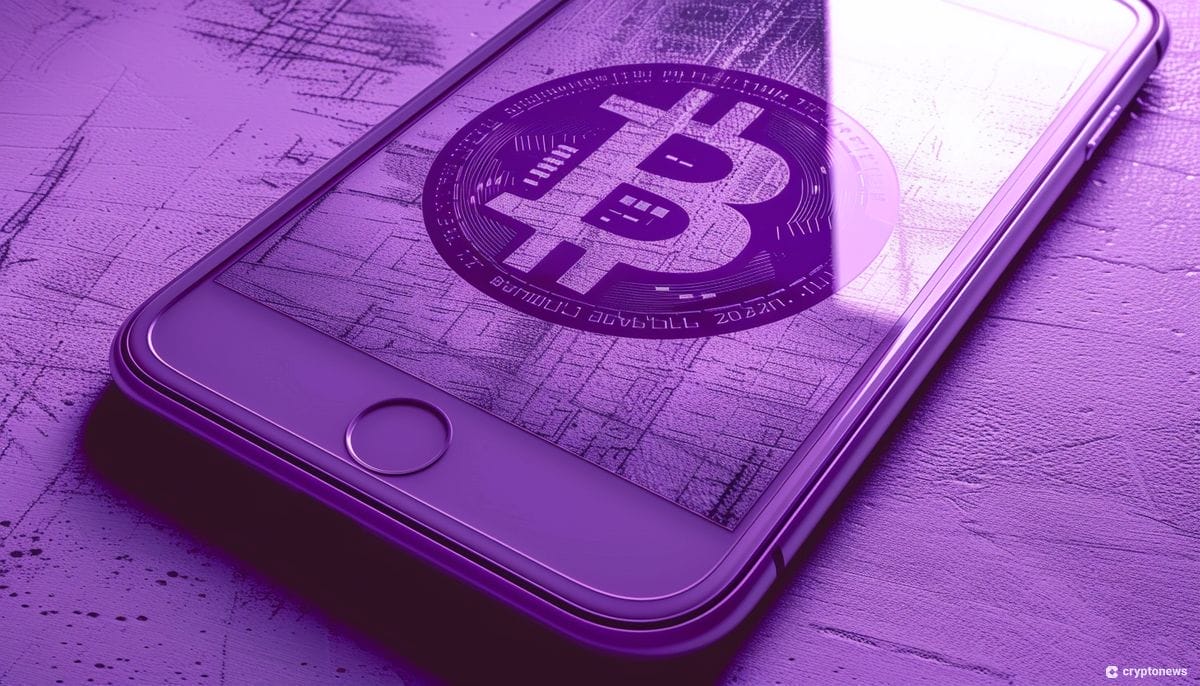Circle, the company behind the popular stablecoin USDC, is set to introduce tap-and-go payments on iPhones after Apple’s decision to allow third-party developers access to the secure payment chips. This new feature is expected to leverage Apple’s Near Field Communication (NFC) chip and Secure Element (SE), paving the way for blockchain-based payment systems to be integrated into the iPhone ecosystem. This development will allow for direct payments using USDC at points of sale, with iPhone-based wallet apps prompting users to confirm transactions via features like FaceID, seamlessly settling payments on the blockchain. Ultimately, combining iPhone technology with high-performance, low-fee blockchain networks could create a powerful new avenue for direct-to-merchant USDC payments.
Allaire, CEO of Circle, emphasized the potential impact of this development, pointing out that the opened NFC access could also be applied to non-fungible tokens (NFTs), other stablecoins like EURC, and various other digital certificates. This new feature will initially be available only in select countries, including Australia, Brazil, Canada, Japan, New Zealand, the United Kingdom, and the United States. Notably, the European Union was not mentioned in Apple’s rollout, suggesting potential limitations in its availability. Meanwhile, MetaMask is also making strides in the payments space by launching a self-custody debit card pilot in partnership with Mastercard and Baanx, enabling users in the UK and EU to make purchases directly from their crypto wallets.
In April, Fintech giant Stripe announced its decision to once again allow customers to accept cryptocurrency payments after a six-year break. The company is starting with USDC stablecoins on the Solana, Ethereum, and Polygon blockchains. This move comes after Stripe initially tested the waters with Bitcoin in 2014 but halted its support for the cryptocurrency in 2018 due to its volatility and lack of suitability as a means of exchange. Additionally, other payment companies have also adopted stablecoins as a means of payment, with Singapore-based payments company Triple-A planning to integrate PayPal’s stablecoin into its list of supported tokens for customer payments. As the first licensed crypto payments firm in Singapore, Triple-A aims to introduce support for PayPal’s stablecoin, PYUSD, by the end of June, alongside existing payment services in Bitcoin, Ether, and stablecoins issued by Tether and Circle.
In conclusion, the introduction of tap-and-go payments using USDC on iPhones marks a significant step in the integration of blockchain technology into mainstream payment methods. With Apple’s decision to open NFC access to third-party developers, Circle and other companies are exploring new opportunities in the field of blockchain-based payments. The potential for direct-to-merchant USDC payments and the ability to use other digital assets like NFTs and stablecoins on iPhone devices showcase the growing acceptance and adoption of cryptocurrencies in everyday transactions. As more payment firms and tech giants like Apple enter the crypto space, the landscape of digital payments is rapidly evolving, offering users more efficient and secure ways to transact in the digital economy. The partnership between Circle, Apple, and other companies signals a shift towards a future where blockchain technology plays an integral role in reshaping the way we handle payments and financial transactions.
















